A Week in the Bush Vol. 519
on Oct 09, 2024We followed up on where we left the Msuthlu Pride with one of the Gijima males from the morning. With temperatures being very high, we knew they wouldn't move far and weren't surprised when we found them easily. They were all spread out around a waterhole, some even lying in the water on the edge, trying to cool their body temperature down. The adult lionesses were lying on their backs, exposing the white colour on their stomach to reflect sunlight away from the body, trying to control their body temperature. These lions are all in a very good condition after the well-deserved meal and will soon start moving as the light fades. The male will also most likely start roaring, contacting his coalition partner to reunite.


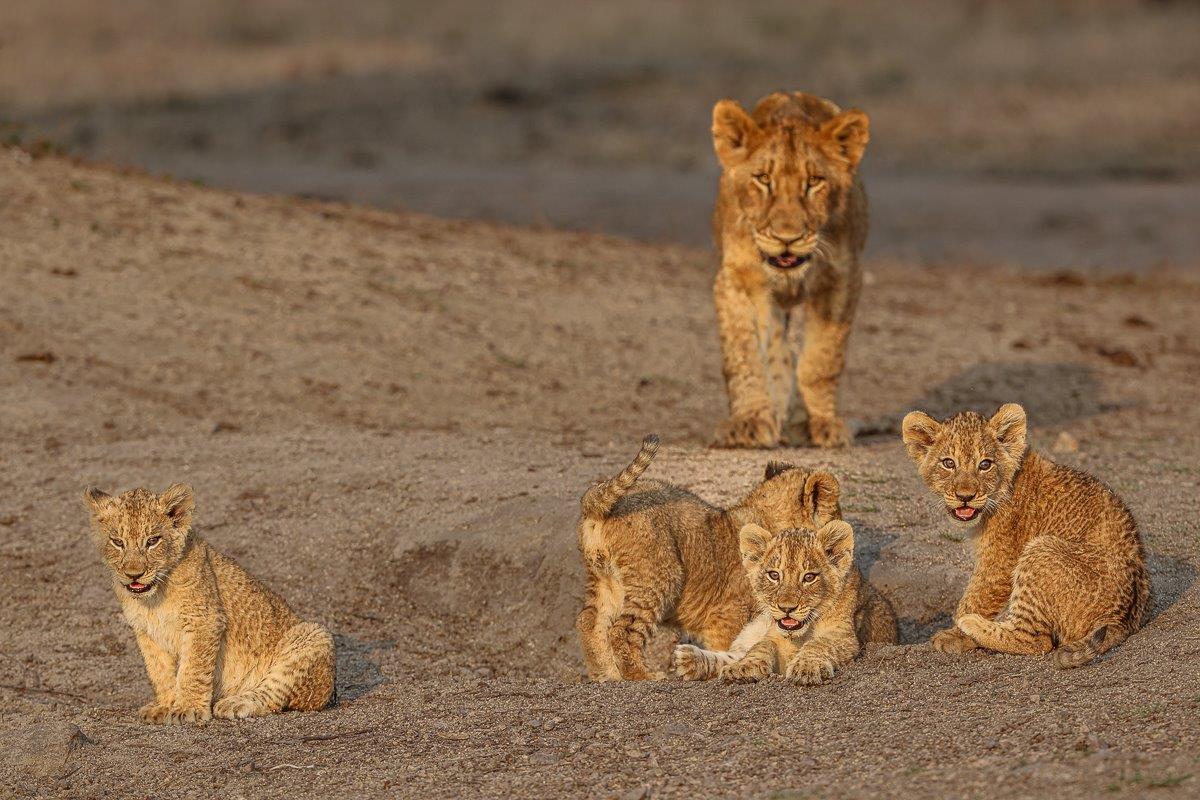


At dawn, the Msuthlu Pride was spread out in front of Bush Lodge, basking in the morning light. As the sun began to rise, the pride split—some lions sought the cool shade, while others moved towards the warmth. The four adult lionesses wandered off, but the youngsters remained unusually focused on something in a nearby drainage line. Intrigued, we drove around to investigate, and as we switched off the engine to listen closely, the unmistakable distress call of a bushbuck rang out.
Following the sound, we were astonished to discover that the 10-month-old cubs had successfully brought down a young bushbuck. Such a feat is a significant confidence booster, as it's rare for predators this age to take down antelope on their own. Each failed hunt teaches them a lesson, but this rare success was a major step in their development. The cubs growled fiercely at one another, each vying for a share of the kill. Within minutes, the bushbuck was entirely devoured.




After the success of the cubs, the Msuthlu Pride was successful in taking down a big buffalo bull, ensuring a good size meal for the entire pride. With all 15 lions present, they devoured the meal, leaving nothing much left over three days of feeding. We were spoiled by incredible interactions between them, clearly seeing the hierarchy from most to least dominant as the pride was feeding together.
Vultures are slowly busy moving into the area, circling and landing in the vicinity. The lions know that the presence of vultures is going to attract other scavengers and predators and they will try and feed as quickly as possible to get all their cubs away and into safety before any unwanted confrontations.




After reports of lions shortly after sunset, we followed up as we knew they would be active. We drove around the area they were last seen and found tracks heading further south. After a short follow up we found the Styx young male lion in the company of the Kambula Breakaway female moving deeper into our reserve. This is a clear indication that the Kambula lioness has moved away from her brothers and has found the Styx young male afterwards. These lions will help each other when it comes to hunting and safety, being more than one by yourself is always a bonus. The Styx young male has grown a lot since we last saw him and he is becoming a force to reckon with, hopefully for him he can stay undetected and out of trouble for now until he is older and more experienced.


The alarm call of a Crested Francolin rustled through the bush and we decided to follow up. To our surprise we found Tengile and her youngster in a lower lying area resting. With the wind reaching high speeds these cats will spend their time in areas where they can hide away from the external weather factors, making it as comfortable as possible for them. With these cats relying on their sense of smell and hearing to detect prey animals, they try to avoid the higher areas where the wind takes those senses away from them as sounds start to fade with the wind and scents get swirled around making it difficult to establish exactly where it came from.



Following up on where lions made their buffalo kill led us to an extraordinary find – a stunning young male leopard feeding on the carcass. This leopard is a newcomer to the reserve, and it was our first time encountering him. He was still quite wary, so we approached cautiously, giving him plenty of space to settle. Once relaxed, we watched him filling himself with the remains.
Young male leopards face immense challenges as they grow, particularly when it comes to avoiding the territories of dominant males. This youngster will need to stay under the radar, slowly building both his confidence and strength. Hopefully, he can steer clear of trouble long enough to mature into a formidable contender, ready one day to claim a territory of his own.
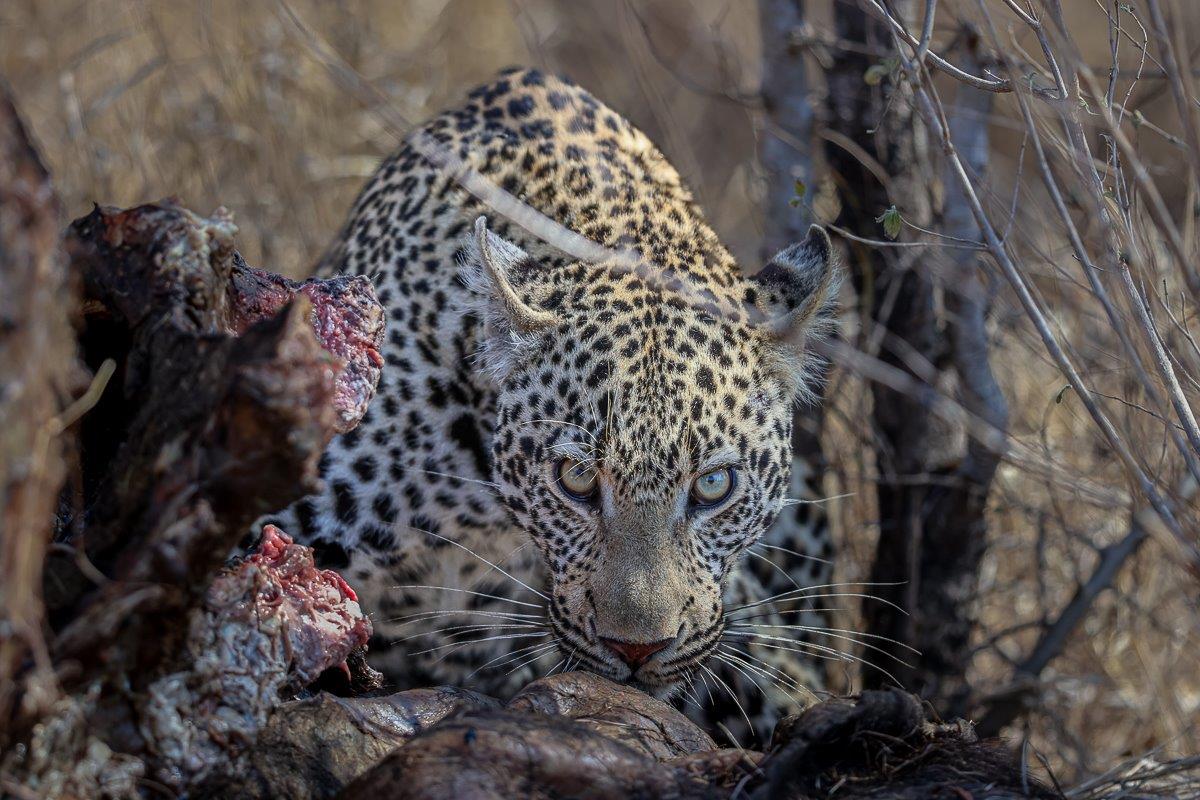


Nighttime is always full of excitement, as you never know what might unfold. Some nights pass quietly, while others reveal extraordinary encounters. On this occasion, we were lucky enough to spot an African civet, making its way through the grass in search of food. Civets are omnivorous, with a diet that includes rodents, eggs, reptiles, frogs, and fruits. Typically shy and elusive, they tend to avoid attention. However, this individual seemed unbothered by our presence, casually moving off into the distance and giving us a rare and unforgettable sighting.
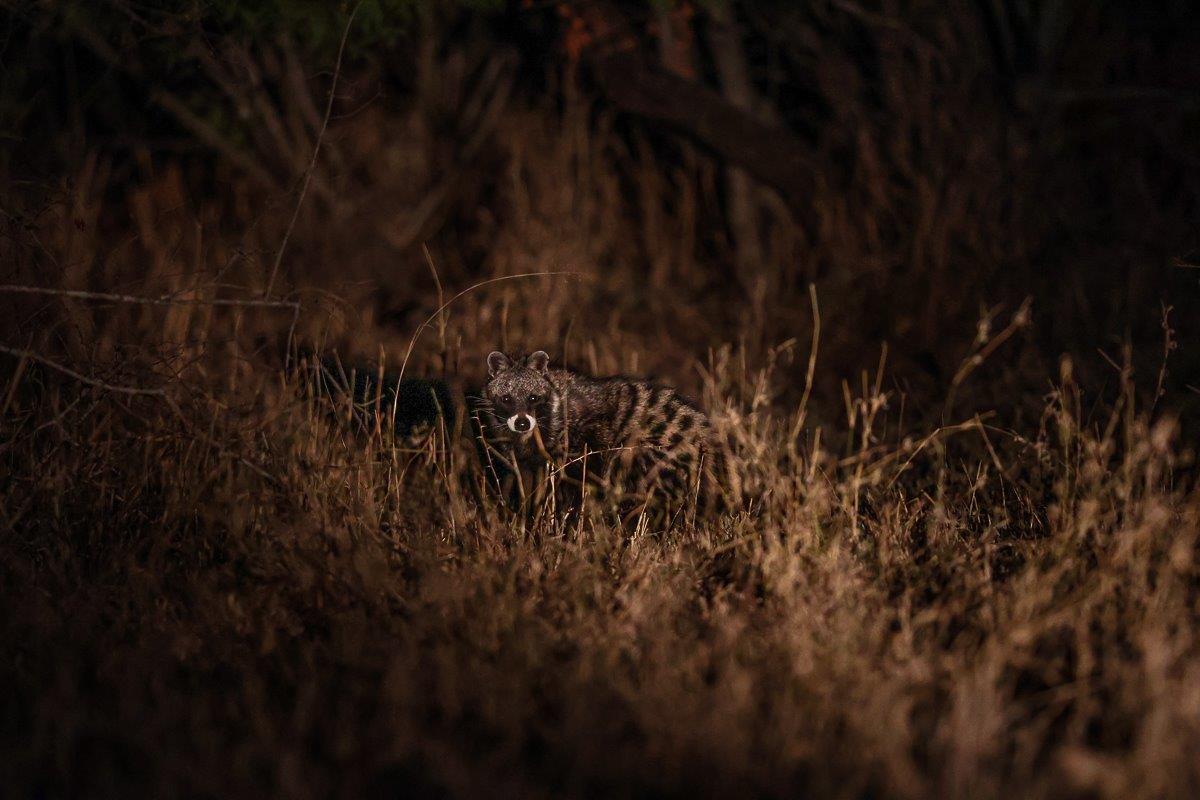
With a newly established hyena den in the southern section of our reserve, we've been treated to the delightful curiosity of young hyenas once again. Sitting quietly, we watched as two inquisitive cubs approached us for a closer inspection. Once satisfied, they scampered off to join an older cub, playfully engaging with him.
Hyenas are highly social creatures, thriving in groups where they find not only safety but also greater success in securing food — whether through hunting or scavenging. Their playful interactions are a testament to the strong bonds that unite them.
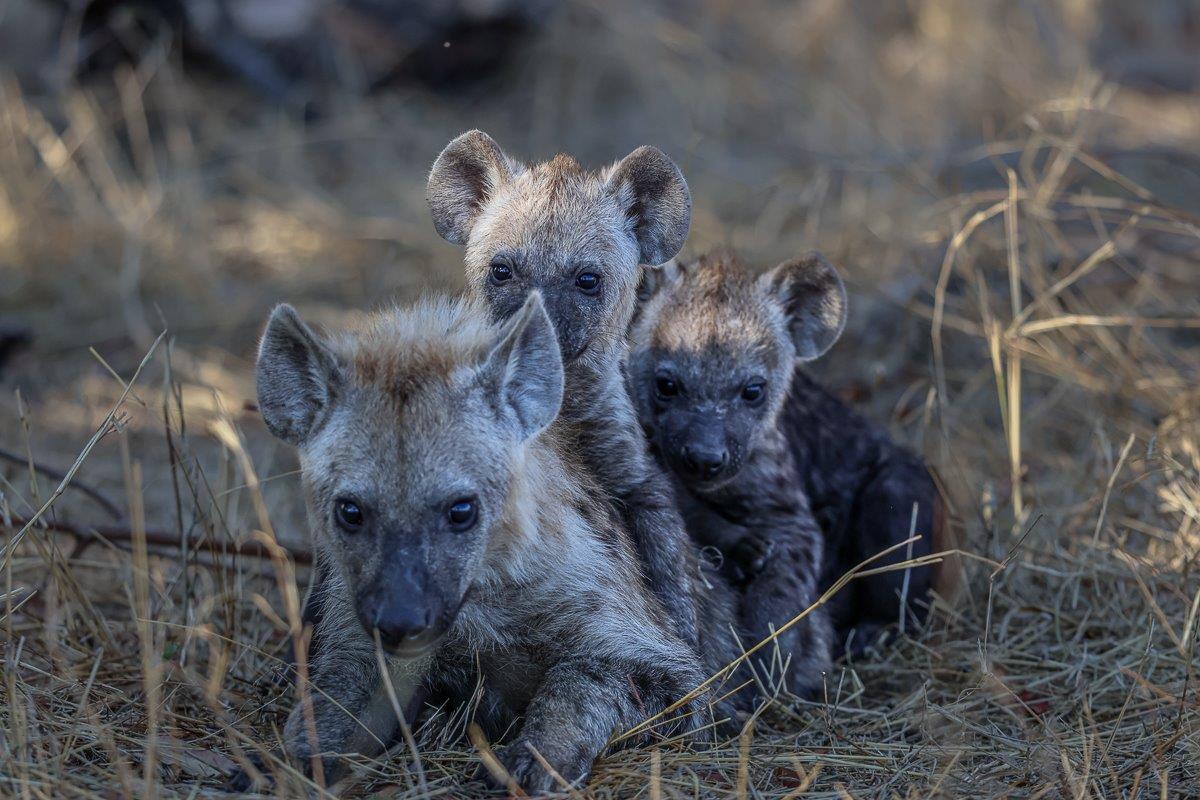



We sat perfectly positioned on an open area as this big herd of buffalo slowly moved past us, away from the open, into the thicket and treelines for nightfall. When buffaloes start moving, they often walk single file, just like a lot of other species, following each other and minimising the risk of spreading out too far from one another in case they bump into predators or other danger.


This elephant calf was giving us the full show - with ears wide open and head held high, it was clear he was trying to look much bigger than he really was. Youngsters often see this behaviour from the bigger members of the herd and start practising the intimidation act from a young age.
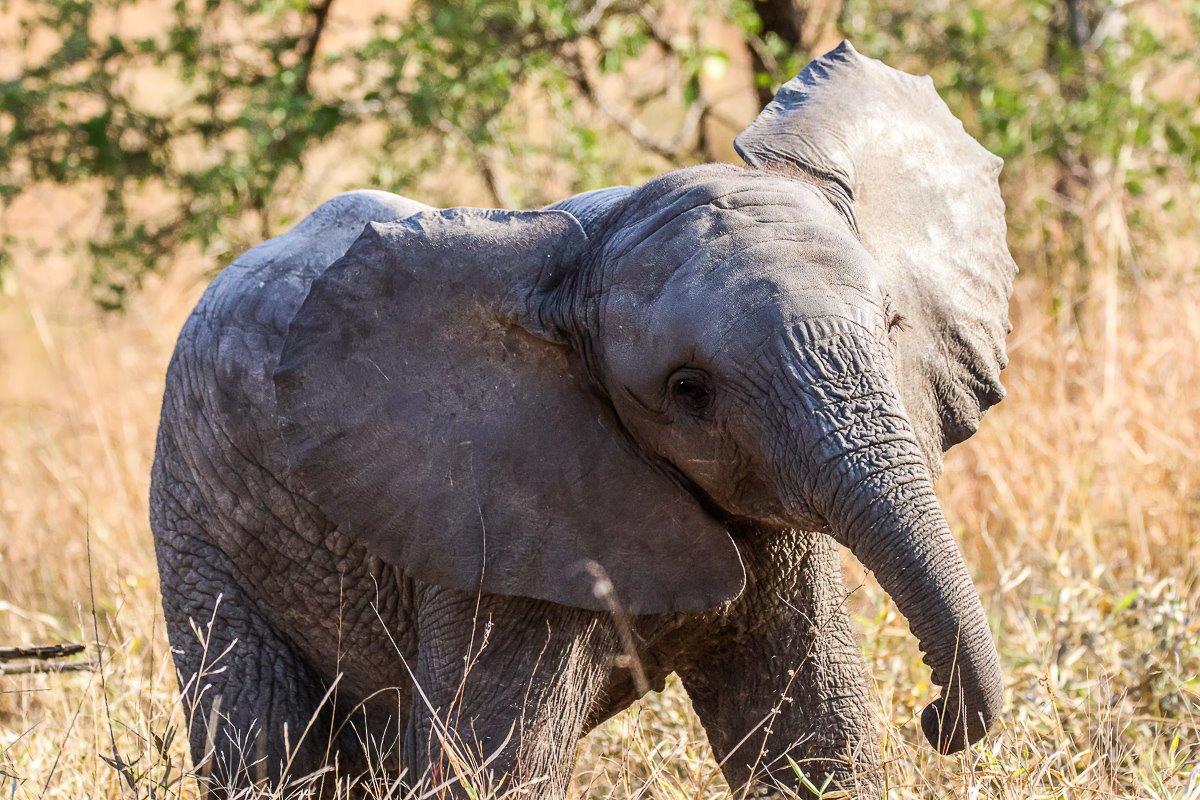
Helmeted guineafowls are very common in and around our reserve. With both sexes being very similar, they have a bony casque (helmet) on their head and red facial skin with a blue upper neck. These birds are very successful as they usually move around in big groups for safety purposes and are considered to be omnivores, feeding on anything they can find to add nutrients to their diet.
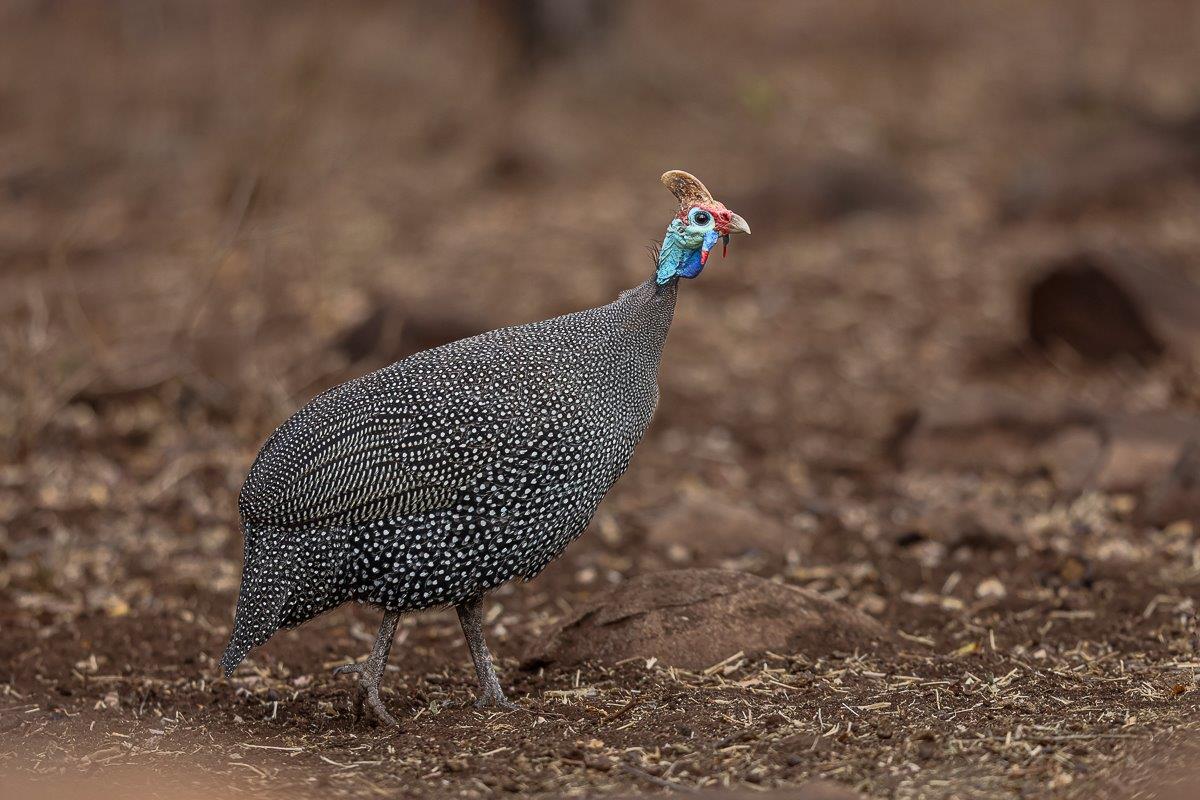
We watched this very curious young hyena lying in a small open area as the sun was busy setting. He was very aware of all his surroundings and as the temperature dropped and the light started fading, it was the perfect time for him as a nocturnal animal, to get active.
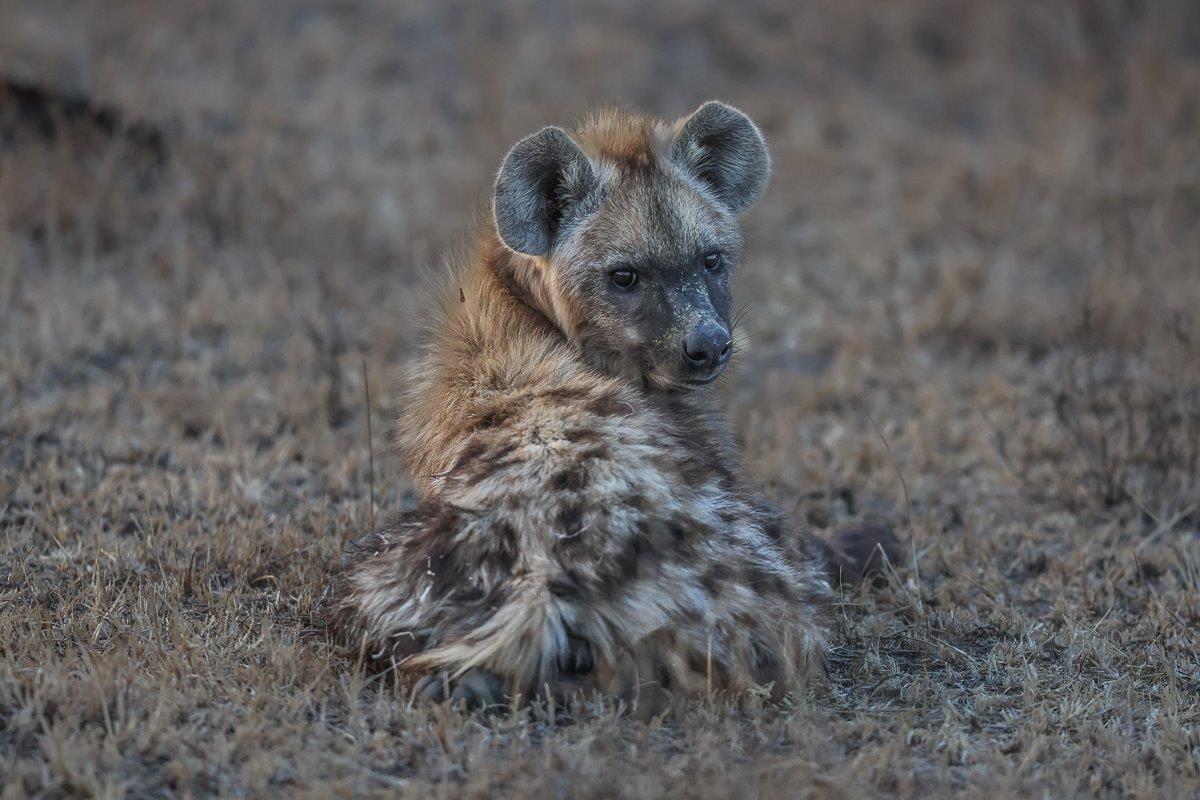
We watched this big crocodile outside Earth Lodge as he was busy warming up on a beautiful spring day. Crocodiles often spend midday outside the water preparing their bodies for hunting conditions late afternoon when most animals come down to drink water before nightfall.
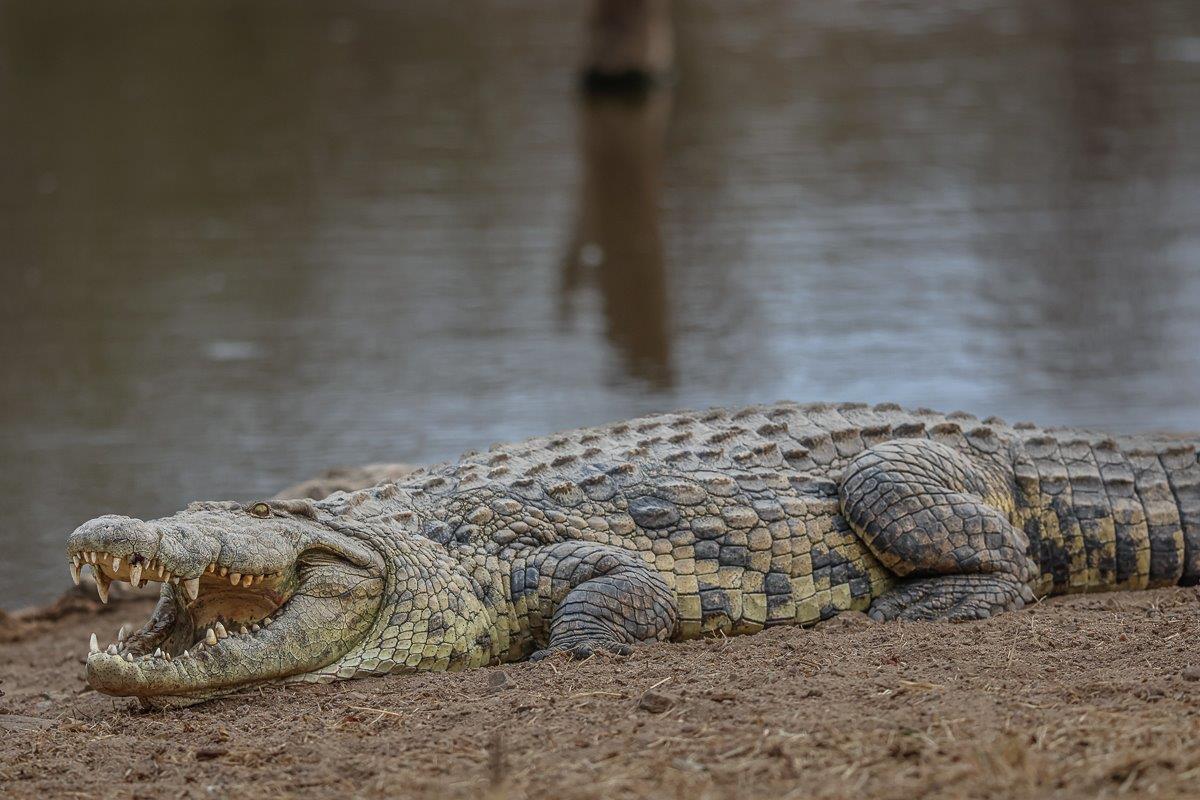
This female Saddle-billed stork was waiting for us as we returned to Earth Lodge after morning safari. These birds are monogamous but because of their low numbers are often seen alone. It is estimated that in South Africa there are only between 100-150 breeding pairs of these beautiful birds left, making them an endangered species.


A buffalo bull horns tells a story few understand. With the incredible character on this male’s horns, it is clear why he has earned his spot as a dominant male in one of the breeding herds. Bulls often fight for dominance in a breeding herd to move up the hierarchy and earn their spot.
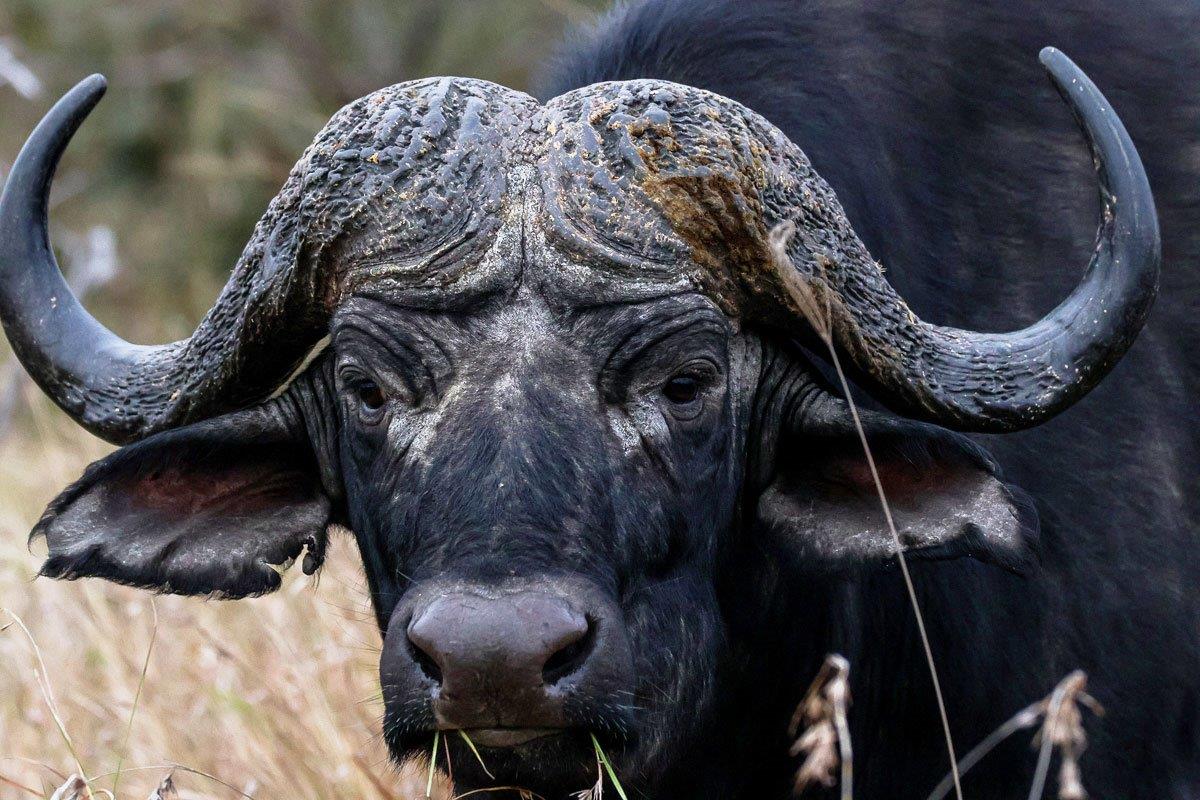
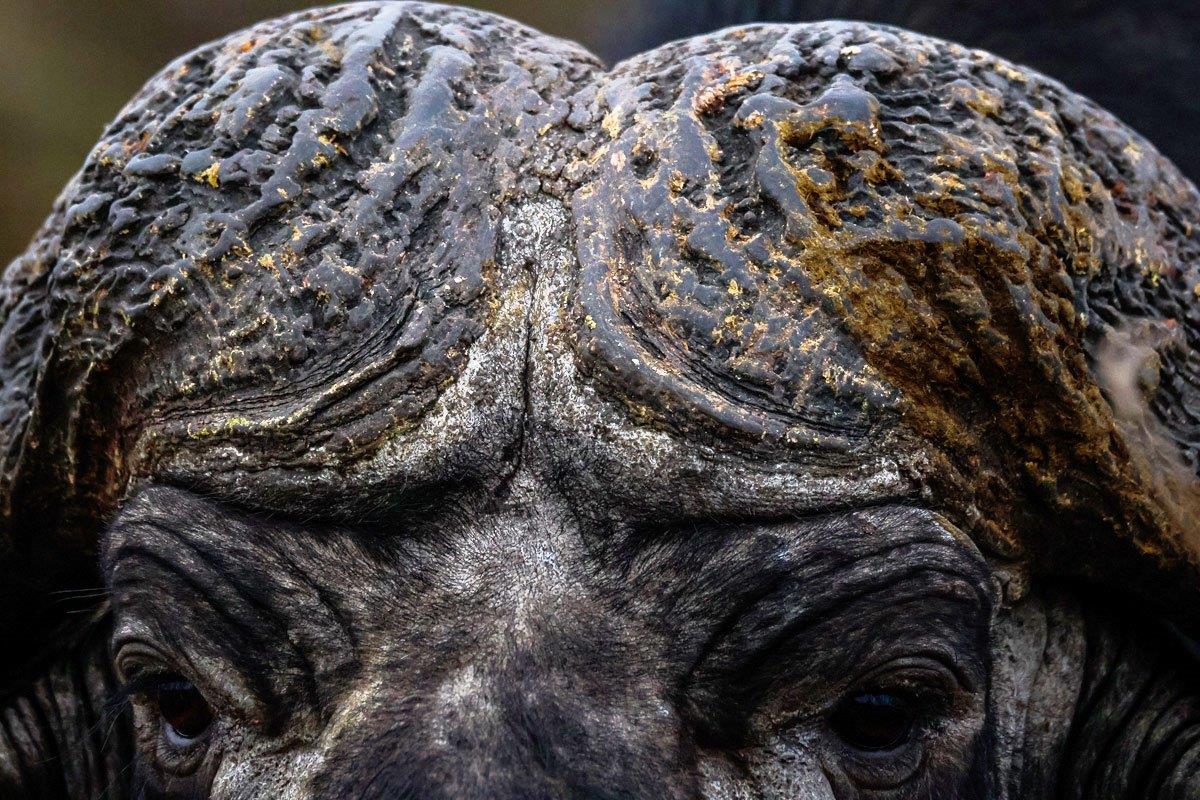
Until next time…

Blog by Wendy Claase
Images by Benjamin Loon and Ruan Mey







